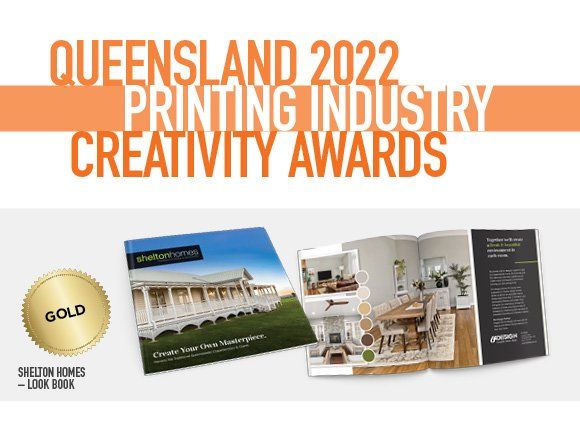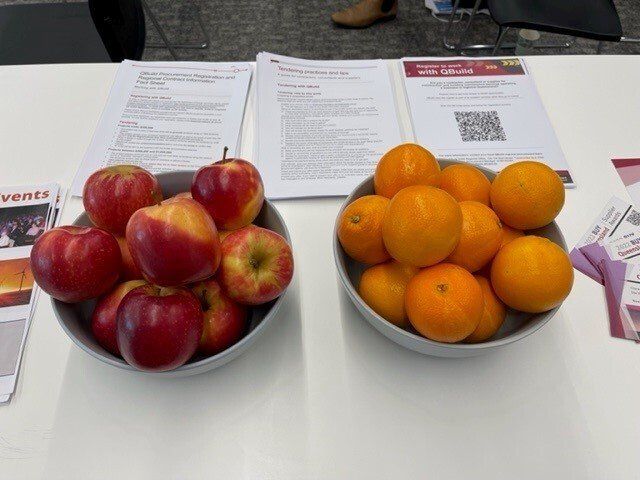5 SIGNS THAT IT’S TIME FOR A BRAND REFRESH
In a competitive marketplace, your brand is one of the most important assets for your business. It’s the first impression you make on customers, it’s the public face of your products or services, and it’s how other people talk about you when you’re not in the room.
Yep, it's much more than just your logo and tagline. It’s a valuable sales and marketing tool that works for your business 24/7, bringing new customers in, facilitating word-of-mouth referrals, and carving out your market position. So, it’s important to keep it up-to-date and ready to put your business’s best foot forward. Is it sending the right messages? Does it create a positive first impression? Does it feel authentic to your business and accurately represent the quality of its products and services?
If branding isn’t your bag, don’t worry - we’ve created this guide to help you figure out if it’s time for a brand refresh.
Here are 5 sure signs it’s time to invest in refreshing your brand.
1. Your business has evolved since your brand was created
If you created your brand fifteen years ago when you started your business, it may not accurately reflect what your business has grown into today.
Is your team bigger? Do you offer new products or services that you didn’t before? If so, you’re not using all the tools in your kit to engage and convert new customers looking for the stuff you do or sell today.
2. You avoid sharing branded content with customers
It stands to reason that you won’t be proud of something that doesn’t feel like it’s doing you justice. If you hesitate to hand out business cards or send people to your website or social media feed, take a minute to consider why.
Is your brand out-of-date, clunky, or just missing the mark on your value proposition? If so, it’s time for a brand refresh.
3. You don’t have a single-sentence value proposition
Today’s audiences are skim-readers and fast scrollers, and grabbing their attention means getting the message across fast. If you can’t tell people in one sentence what you do and what the value of that is, you may need to spend some time developing your brand with a focus on your unique value proposition.
4. You’re blending in, not standing out
Taking inspiration from other brands is natural. But when you aren’t combining that inspiration with original messaging, instantly recognisable visual branding and unique takes on the products and services you sell, you’re at risk of blending in with your competitors.
If your business doesn’t stand out, it’s time for a brand refresh!
5. Your brand doesn’t match up with your product/service pricing
It’s a fact of life that in business, people do judge the book by its cover. If the cover is cheap and cheerful but the book is luxurious and bold, you’ll miss out on customers who want what you’re offering and risk disappointing the customers you do attract.
If your brand doesn’t reflect the quality and value of your products and services, it’s time for a brand refresh.
Refreshing your brand is an exciting opportunity to strengthen your messaging and refine your marketing strategy based on everything you’ve learned since you first opened the doors at your business.
If you’re interested in a brand refresh, talk to us. We’re Toowoomba’s go-to marketing agency, and we’ve helped countless small businesses put their best foot forward and boost their bottom line with brand expertise.
>> VIEW OTHER POSTS




START A CONVERSATION WITH dms CREATiVE!
Contact Us
We will get back to you as soon as possible
Please try again later
QUICK LINKS
Thanks for subscribing to our newsletter.
Please try again later
dms CREATiVE. Website by dms CREATiVE
